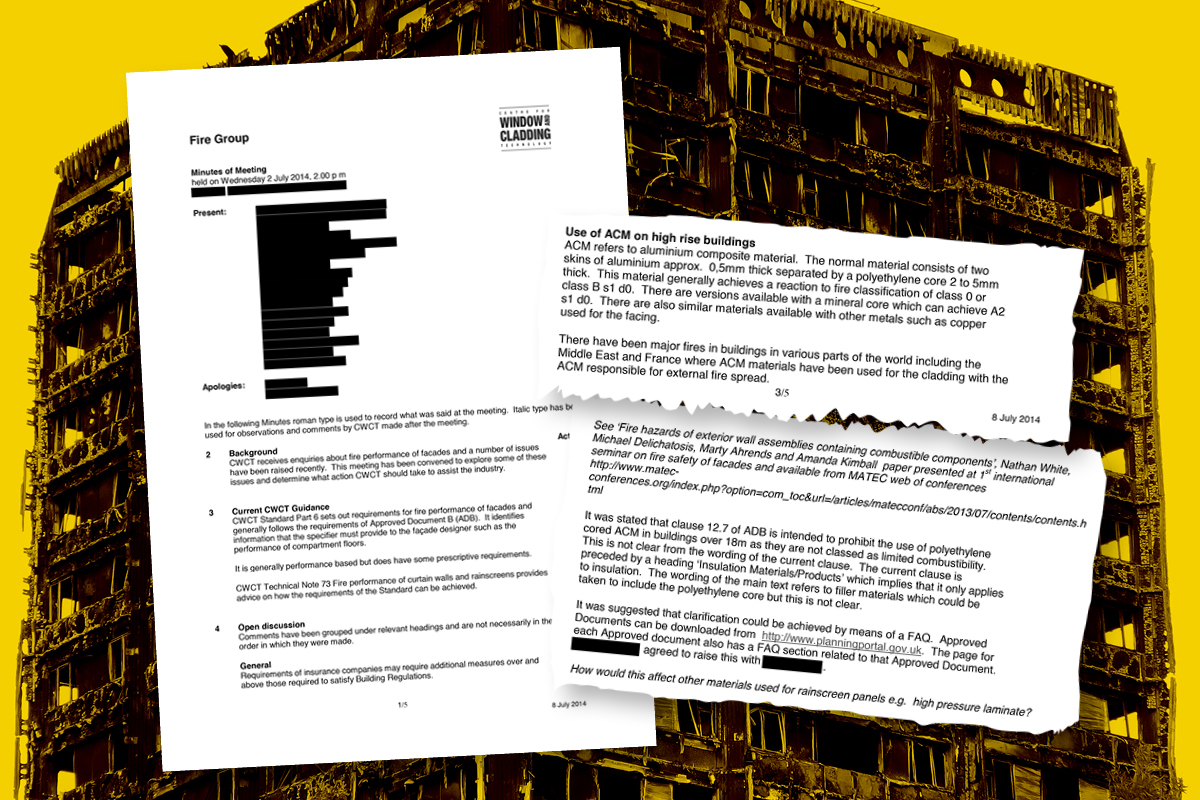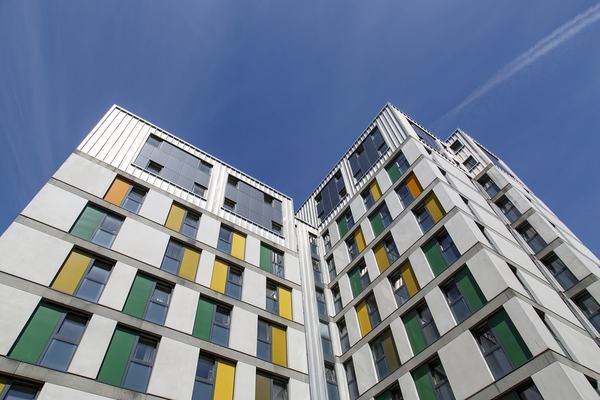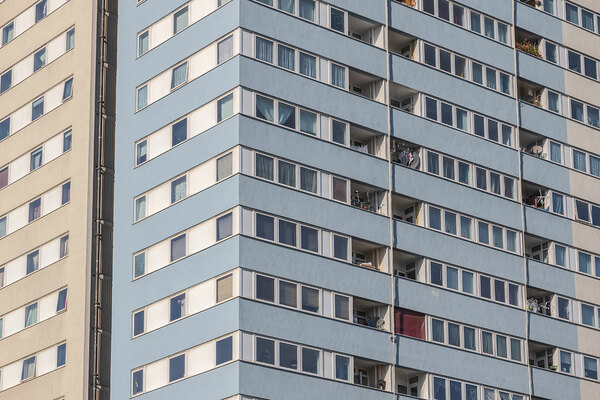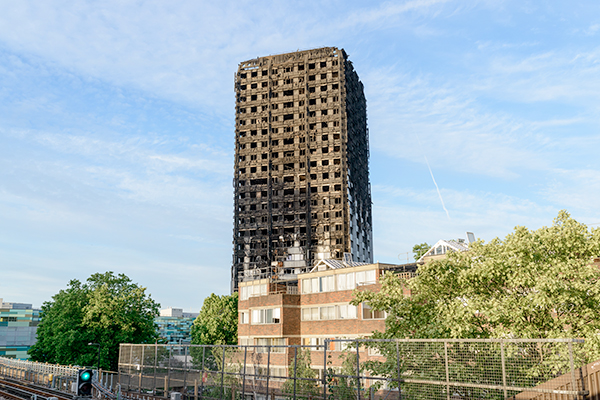You are viewing 1 of your 1 free articles
Responsibility for recladding private block lies with government, minister told
A private housing estate clad with similar material to that used on Grenfell Tower is “nobody’s responsibility to reclad other than government”, the housing minister has been told.
New Providence Wharf in east London was completed in 2003 and clad with a ‘Class 0’ rated aluminium composite material (ACM) cladding, which is now known to be dangerous.
Since the Grenfell Tower fire there has been a dispute over the official government guidance that centres on whether Class 0 or the higher standard of ‘limited combustibility’ should apply to cladding panels.
But there is no dispute that in 2003 the version of the official guidance, Approved Document B, that was in force required cladding materials to be Class 0 rated.
This finding formed the conclusion of an inquiry into the dangers posed by cladding systems in 1999, which was based on the version of the guidance still in force by 2003 when New Providence Wharf was completed.
This would appear to mean that the cladding installed on the development complied with the guidance – even though the materials used are dangerous.
In a letter to housing minister Kit Malthouse, seen by Inside Housing, Jonathan Evans, chief executive of facade and roofing company Ash and Lacy, outlined this argument.
He wrote: “New Providence Wharf is nobody’s responsibility to reclad other than the government’s, along with all buildings over 18 metres clad in PE [polyethylene] ACM and mineral or rock fibre insulation.
Related Files
“These buildings followed the guidance and at the same time failed to meet building regulations [which require the external walls of the building to adequately resist the spread of flame]. You must allocate the funds to strip them immediately and reclad within a reasonable timescale.”
Much of the cladding currently being stripped from high rises, and the panels that were present on Grenfell, are certified to a Class 0 standard.
Industry figures have claimed that the government guidance, which requires the ‘external surfaces of walls’ to be Class 0 rated, is the main reason this cladding was so widely used.
But the government has pointed to a paragraph in the guidance that requires ‘insulation’ and ‘filler materials’ to be of limited combustibility – a higher standard that these panels would not meet. It says the middle of a composite panel should be considered a ‘filler material’.
But the words ‘filler material’ were not present in the 2003 guidance, meaning this dispute does not even arise.
Inside Housing has previously revealed that the government was warned in 2014 that its belief that ‘filler material’ covered cladding was not how the guidance was being interpreted, and dangerous cladding was being installed as a result. It promised to act to address this issue but did not.
Ballymore, the current owner of New Providence Wharf, is offering residents a 20% contribution to the cost of the recladding work, but is ordering them to foot the rest of multimillion-pound bill.
The Ministry of Housing, Communities and Local Government (MHCLG) declined to comment on the record, and it is understood that the ministry believes it would be inappropriate to comment while the Grenfell Tower Inquiry is going on.
The MHCLG has repeatedly stated that leaseholders should not to be made to pay to remediate dangerous cladding systems.
The ‘Class 0’ debate explained
- Since the Grenfell Tower fire, the government has insisted that its official guidance, Approved Document B, required cladding panels to be of ‘limited combustibility’. But many industry figures disagree, saying that the standard the guidance set was ‘Class 0’ or ‘Euroclass B’.
- Approved Document B sets limited combustibility as the standard for ‘insulation materials/products’ in paragraph 12.7. It sets Class 0 or Euroclass B as the standard for ‘external surfaces’ in paragraph 12.6.
- Paragraph 12.7 says that “insulation product, filler material etc” must be of limited combustibility. In a letter to social landlords on 22 June, the government said that the word ‘filler’ in this context covered the plastic in between the aluminium sheets in the cladding.
- But experts have disputed this view, pointing out that the cladding itself does not have an insulation function.
- The cladding used on Grenfell was certified to Class 0 and so would apparently have met the official standard for external walls.
- This debate remains crucial in assessing the liability for the removal of cladding, much of which is also rated Class 0, from hundreds of tower blocks nationwide.
The Paper Trail: The Failure of Building Regulations
Read our in-depth investigation into how building regulations have changed over time and how this may have contributed to the Grenfell Tower fire:














